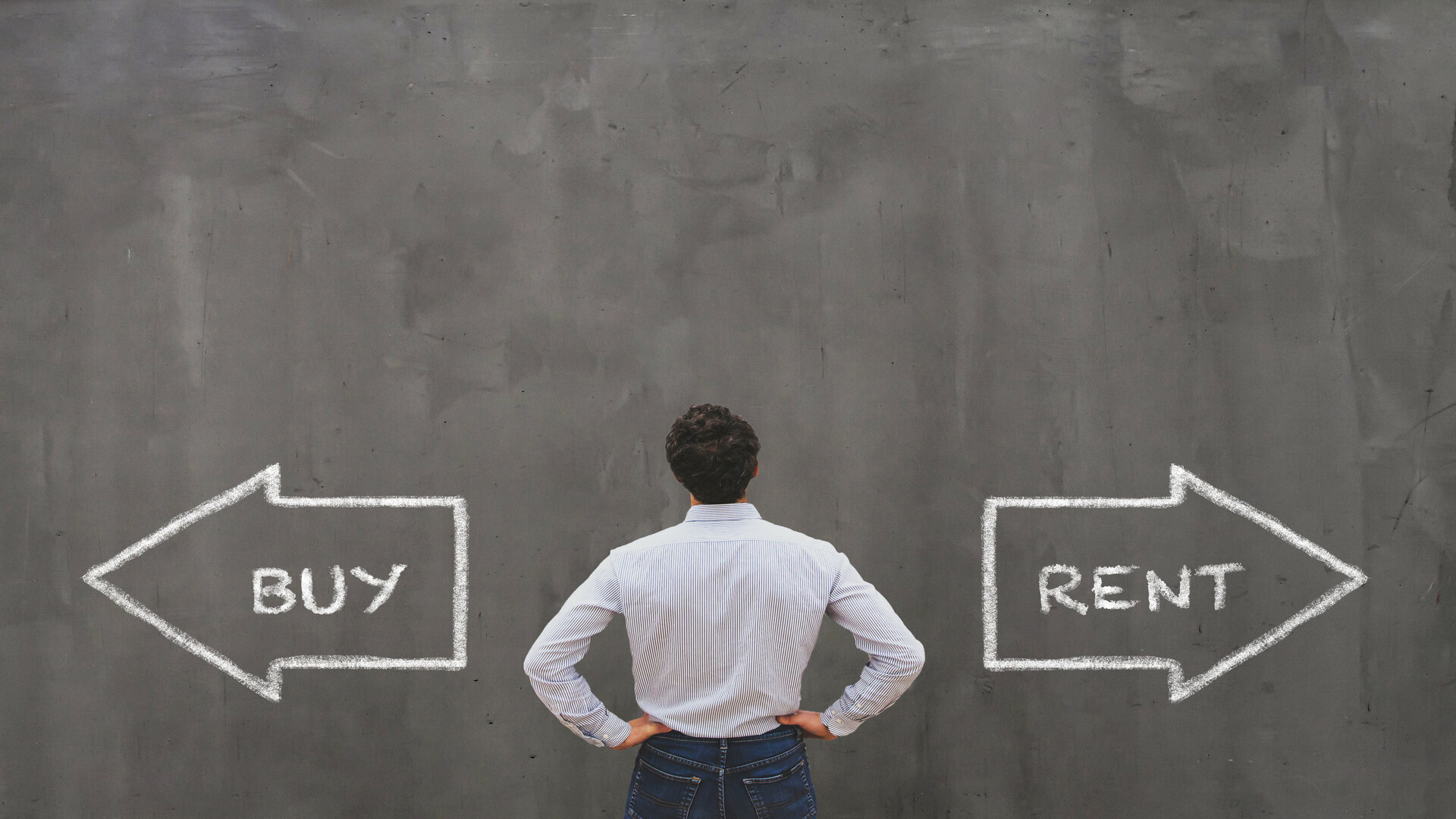In times of crisis, whether it be a natural disaster, economic downturn, or global pandemic, the resilience of economies becomes paramount. Economic resilience refers to the ability of a system to withstand shocks, adapt to changing circumstances, and emerge stronger in the face of adversity. Building stronger foundations for economic resilience is essential to ensure sustainable development and prosperity for all.
Understanding Economic Resilience
Economic resilience encompasses a range of factors, including the diversity of industries, robust infrastructure, adaptive capacity, and effective governance. It involves not only bouncing back from setbacks but also learning from them to build stronger systems for the future. Adaptive capacity, in particular, plays a crucial role in enabling economies to respond flexibly to changing conditions and uncertainties.
Challenges to Economic Resilience
Despite the importance of economic resilience, many countries and regions face significant challenges in building and maintaining it. External shocks such as natural disasters, economic crises, and geopolitical tensions can expose vulnerabilities in economies, leading to widespread disruption and hardship. Moreover, certain sectors, such as tourism and hospitality, may be more susceptible to crises than others, exacerbating inequalities and widening socio-economic disparities.
Strategies for Building Economic Resilience
Building economic resilience requires a comprehensive approach that addresses both short-term shocks and long-term vulnerabilities. Investing in robust infrastructure, fostering innovation and technology, strengthening social safety nets, and promoting sustainable practices are all essential elements of resilience-building strategies. By diversifying their economies and reducing dependence on a single sector, countries can enhance their resilience to external shocks and uncertainties.
Case Studies: Resilience in Action
Numerous examples around the world demonstrate the effectiveness of resilience-building strategies in mitigating the impact of crises. Countries that have invested in infrastructure development, innovation, and social protection systems have been better able to weather economic storms and recover more quickly. By studying these cases, policymakers can learn valuable lessons and identify best practices for enhancing resilience in their own economies.
The Role of Government and Policy
Governments play a crucial role in building economic resilience through supportive policies and initiatives. By creating an enabling environment for innovation and entrepreneurship, investing in education and skills development, and fostering collaboration between the public and private sectors, governments can strengthen the resilience of their economies and empower communities to thrive in the face of adversity.
Community Engagement and Empowerment
Engaging communities in resilience-building efforts is essential for ensuring their effectiveness and sustainability. By involving local stakeholders in decision-making processes, encouraging grassroots initiatives, and building networks of support and solidarity, communities can become more resilient to external shocks and better equipped to withstand crises.
Investment in Education and Skills
Investing in education and skills development is critical for building human capital and enhancing economic resilience. By equipping individuals with the knowledge, skills, and capabilities they need to adapt to changing circumstances and seize new opportunities, governments can foster innovation, creativity, and entrepreneurship, driving long-term economic growth and prosperity.
Adapting to Changing Global Trends
Globalization and digitalization have transformed the way economies operate, presenting both opportunities and challenges for resilience-building. By embracing technological advancements, diversifying their export markets, and adopting flexible and agile business models, countries can adapt to changing global trends and position themselves for success in the digital age.
Measuring and Monitoring Resilience
Measuring and monitoring economic resilience is essential for identifying vulnerabilities, tracking progress, and informing policy decisions. By developing comprehensive indicators and tools for assessing resilience levels, governments can identify areas for improvement and allocate resources more effectively to build stronger and more resilient economies.
Building Resilience in Small Businesses
Small businesses play a vital role in driving economic growth and creating jobs, yet they are often the most vulnerable to economic shocks and uncertainties. By providing targeted support and assistance to small enterprises, governments can help them weather crises and emerge stronger on the other side. Encouraging entrepreneurship, innovation, and access to finance are essential elements of resilience-building efforts for small businesses.
Environmental Sustainability and Resilience
Environmental sustainability is closely linked to economic resilience, as environmental degradation and climate change can exacerbate vulnerabilities and increase the frequency and severity of crises. By integrating sustainability principles into economic strategies, reducing carbon emissions, and investing in renewable energy and green infrastructure, countries can build more resilient and sustainable economies for the future.
Building Resilience in Supply Chains
Global supply chains are essential for the functioning of modern economies, yet they are vulnerable to disruptions caused by natural disasters, geopolitical tensions, and other external shocks. By diversifying supply chains, localizing production, and enhancing coordination and collaboration among stakeholders, countries can reduce their reliance on vulnerable links and build more resilient supply chains.
Social Cohesion and Resilience
Social cohesion is a critical component of economic resilience, as strong social bonds and networks can help communities withstand and recover from crises more effectively. By addressing social inequalities, building trust and solidarity, and promoting inclusive growth and development, governments can enhance social cohesion and resilience, ensuring that no one is left behind in times of crisis.
Conclusion
Building economic resilience is essential for ensuring sustainable development and prosperity in an increasingly uncertain and interconnected world. By investing in infrastructure, innovation, education, and social protection systems, countries can strengthen their resilience to shocks and uncertainties, enabling them to recover more quickly and build a better future for all.
FAQs
- What is economic resilience? Economic resilience refers to the ability of an economy to withstand shocks, adapt to changing circumstances, and emerge stronger from crises.
- Why is economic resilience important? Economic resilience is important because it enables economies to recover more quickly from crises, mitigate the impact of shocks, and build stronger foundations for sustainable development.
- What are some strategies for building economic resilience? Strategies for building economic resilience include investing in infrastructure, fostering innovation, strengthening social safety nets, promoting sustainable practices, and diversifying economies.
- How can communities contribute to economic resilience? Communities can contribute to economic resilience by engaging in resilience-building efforts, supporting local businesses, fostering social cohesion, and participating in decision-making processes.
- What role do governments play in building economic resilience? Governments play a crucial role in building economic resilience through supportive policies and initiatives, investing in education and skills development, fostering innovation and entrepreneurship, and promoting collaboration between the public and private sectors.







